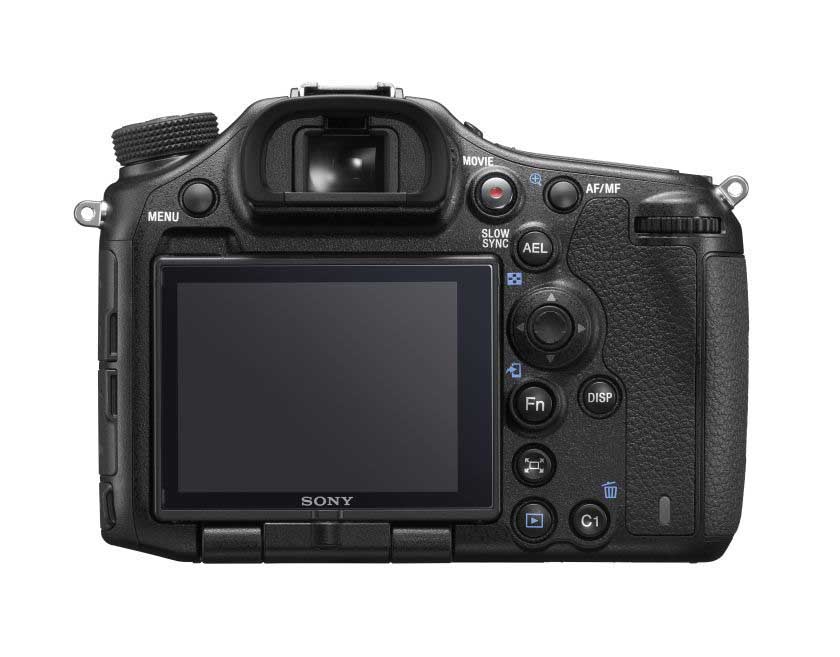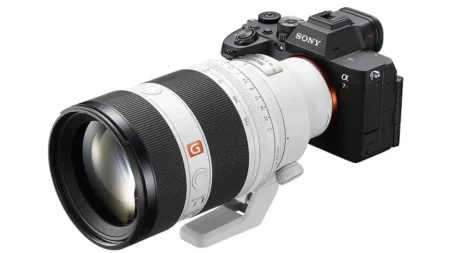This week Sony announced the A99 II, and, surprise surprise, there’s no sign of a touchscreen.
We keep asking Sony, as does every other camera reviewer we know, why the company is so reticent to include touch sensitive technology for its cameras. You may find the odd one that has it, but almost all of them don’t – and certainly none of its high-end cameras do.
Every time we ask, we’re met with more or the less the same answer, something along the lines of “your feedback is welcomed”, but nothing seems to change. This is despite the fact that almost every other manufacturer has embraced touchscreens in recent years – it’s now getting tough to find cameras that don’t have the capability.
A few years ago, touch sensitivity may have been thought of as something to appeal to amateurs who were stepping from mobile phones and didn’t want the bother of buttons.
However, over the years, most manufacturers have come to realise just how useful they can be (and let’s not forget, professionals and enthusiasts use mobile phones too).
SEE MORE
Hands-on Olympus OM-D E-M1 Mark II review
Hands-on Fuji GFX 50S review
We always find a touchscreen to be especially handy for setting AF point, particularly when shooting in live view. Which, all Sony cameras, being as they either don’t have mirrors or use a translucent mirror, are essentially doing all of the time.
They’re also useful for quickly swiping through images, or enlarging them to check focus has been achieved.
We get the impression Sony believes that “high end” users aren’t bothered by touch-sensitivity and prefer physical buttons. That’s may true for lots of photographers but, just because a touch screen is available, it doesn’t mean you have to use it if you don’t want to…
Let’s be clear, too – we like physical buttons. A lot. But it’s using those together with a touchscreen that we generally find is the most satisfying experience.
Canon, Nikon, Hasselblad and Leica have all embraced touch-control for high-end cameras, with the Nikon D5, Canon EOS 1DX II, Hasselblad X1D, Hasselblad H6D-100C and Leica SL having touch-sensitive screens.
And these are traditional camera manufacturers, not big tech giants like Sony, which definitely has touchscreens available in its arsenal.
So… we’ll keep asking, and hopefully one day, Sony will listen. We’d love to see cameras like the A6300, RX100 IV, and of course the whole A7 range, equipped with the ability to touch the screen to change settings – hopefully we won’t be kept waiting too much longer.
READ MORE
Sony A99 II vs A99: key differences explained
Sony A99 II vs A99: key differences explained



